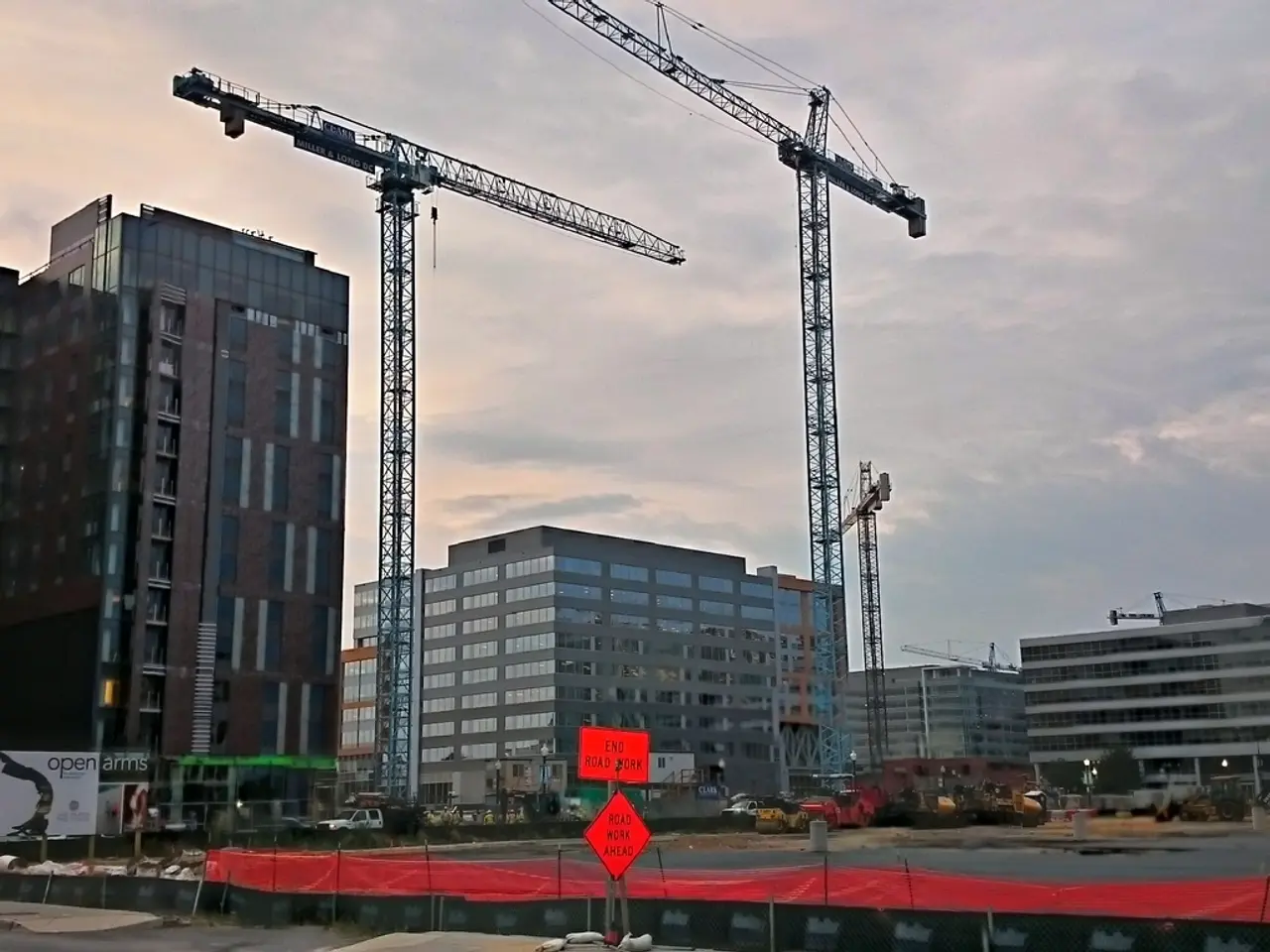Project Estimation Guide for Outsourcing 3D Art Services in a Production Context
In the realm of video game development, outsourcing a 3D art project can be a crucial decision. To ensure a successful collaboration and reduce potential risks, it's essential to ask the right questions. Here's a list of common and crucial questions to consider:
1. What is your experience with game art, specifically 3D assets? Verifying their portfolio and previous work relevance is key to understanding their expertise.
2. What software and tools do you use? (e.g., Maya, 3ds Max, ZBrush, Substance Designer) This helps ensure technical compatibility and proficiency.
3. Can you provide references or reviews from previous game projects? Assessing work quality and reliability is important for making an informed decision.
4. How do you handle optimization and polygon budgets? Game art must be efficient for real-time rendering, so this is a vital question to ask.
5. What is your process for feedback and iteration? Effective communication is essential for adapting to needed changes and confirming style and quality.
6. Do you understand our target art style and game genre? Matching the aesthetic ensures integration with the overall game vision.
7. What is the expected timeline and delivery schedule? Clarity on milestones and deadlines helps manage the project well.
8. What are your payment terms and pricing structure? To align expectations on budget, costs, and additional charges.
9. How do you handle file formats and asset delivery? Confirm compatibility with the game engine and ease of integration.
10. Are you familiar with game development pipelines and collaboration tools? So the outsourced work fits into the development workflow smoothly.
Animation-specific Questions:
11. LODs (Level of Detail) might be required, with number and requirements specified. This helps in creating optimised assets for different stages of the game.
12. Model can be created from scratch or based on an existing model. This is important to know for the creation process.
13. Should the animation be looped? This question clarifies the intended usage of the animation.
14. Seamless textures might be required. This ensures a smooth transition between different parts of the model.
15. Texture size in pixels needs to be specified. This helps in creating textures of the right resolution.
16. Which software/game engine will the animations be done within? This is necessary for creating animations that are compatible with the game engine.
17. Is there a limit to the overall number of particles? This helps in planning and creating animations that fit within the particle budget.
18. If a completed scene implemented in the engine is available, it should be shared for review and analysis, along with textures. This allows for a thorough review and analysis of the work.
19. Are VFX required? If yes, then please make a list of VFXs with visual references for them. This helps in understanding the scope of the VFX work.
20. Are there any additional requirements for the animation? This question opens up a dialogue for any specific requirements that might not have been covered.
21. No information provided about the overall number of bones required for the rig. This is important to know for the rigging process.
22. Number of polygons per model needs to be specified. This helps in creating models of the right complexity.
Additional Questions:
23. Please, make a list with the descriptions of all the animations needed (e.g. idle, attack, jump, etc) and add visual references for them. This helps in understanding the variety and style of animations required.
24. Procedural materials might be required to a standard. This helps in creating materials that can adapt to different situations.
25. Retopology might be required, depending on the project. This is necessary for creating models that are optimised for the game engine.
26. Do you require blend-shapes? If yes, elaborate. This helps in understanding the level of facial and body deformation required.
27. UV mapping is to be considered, with requirements stated. This is necessary for creating textures that fit the model correctly.
28. Number of maps per material needs to be provided, with a list of maps if possible. This helps in understanding the complexity of the texturing process.
29. Level of detail and quality of textures needs to be explained, with visual references provided for each type. This helps in understanding the expected quality of the textures.
Asking these questions ensures a thorough understanding of the outsourcing partner’s capabilities, communication, and alignment with your project needs, ultimately fostering successful collaboration.
In the realm of advanced technology and artificial-intelligence integration in video game development, it's crucial to ask about the outsourcer's familiarity with gadget-related technology, particularly animation software and game engines.
-What animation software and game engines do you specialize in, especially for characters and environmental aspects?
Moreover, considering the rising influence of artificial intelligence, it might be beneficial to seek their expertise in AI-driven processes such as procedural materials and animations.
-Are you skilled in creating AI-driven procedural materials or animations for game development projects?




